
The European Truck Platooning Challenge, the first ever voyage of semi-automated truck platoons took place in Europe in early April, 2016. Iveco, along with five other European OEMs, took part in this landmark event by deploying a two-truck platoon from Brussels, Belgium to Rotterdam, the Netherlands. The initiative attracted global attention due to the fact that autonomous driving technology was being tested for trucks on open roads for the first time. It also highlighted the limitations placed on accelerating this technology by current infrastructure and regulations.
A new episode in the Behind the Wheel web series follows the Iveco platoon on its journey to Rotterdam and the celebrations and resolutions made at the challenge’s finish line. Through interviews with CNH Industrial’s Innovation and Institutional experts and Iveco Brand President Pierre Lahutte, the episode chronicles the issue at hand and the steps being taken by the company and its partners to move platooning technology into its next phase. The key takeaway from the challenge is that European truck manufacturers are ready to roll out this technology, but rely on the cooperation of governments and institutions to pave the way for this.
Truck platooning is the linking of two or three trucks in a convoy. These vehicles closely follow each other at a set, close distance by using connectivity technology and automated driving support systems. The truck at the head of the platoon acts as the leader, with the vehicles behind reacting and adapting to changes in its movement. For example, if the platoon leader brakes, all the other trucks in the platoon also brake. Platooning can help make transport safer, cleaner and more efficient, alongside reducing fuel consumption through improved driving practices, and more importantly has the potential to reduce CO2 emissions by up to 10%.





![Hd Hyundai Xite Transformation Booth Image[1]](https://img.oemoffhighway.com/files/base/acbm/ooh/image/2023/12/HD_Hyundai_Xite_Transformation_Booth_Image_1_.657a32d4218f2.png?auto=format%2Ccompress&fit=crop&h=135&q=70&rect=113%2C0%2C1600%2C900&w=240)

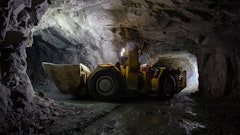

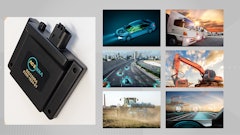


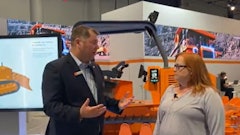

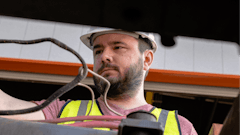
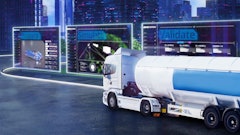

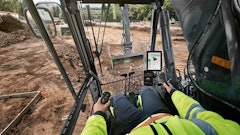
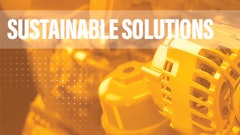

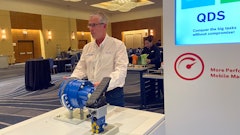
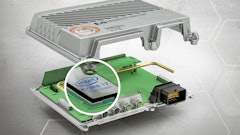


![Charlotte Ebus 2e[20]](https://img.oemoffhighway.com/files/base/acbm/ooh/image/2022/01/Charlotte_Ebus_2e_20_.61f3068676a88.png?auto=format%2Ccompress&fit=crop&h=135&q=70&rect=0%2C231%2C1920%2C1080&w=240)



